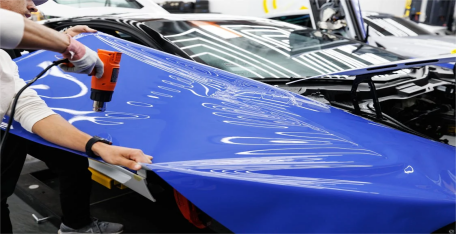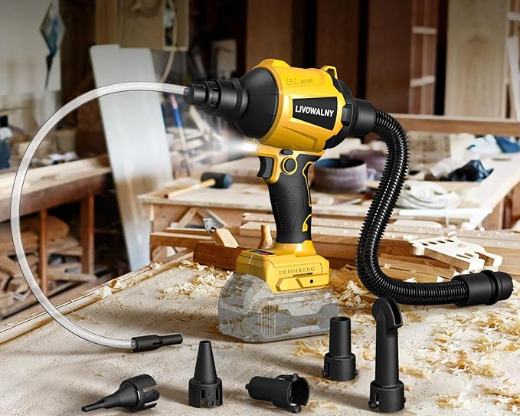
HEAT GUN OR HAIR DRYER? MAKING THE RIGHT CHOICE FOR SHRINK WRAPPING
When it comes to shrinking wrap, which tool you want to use? Heat gun or hair dryer? In fact, both a heat gun and a hair dryer can be effective for shrinking wrap, each tool has its strengths and weaknesses. Understanding the functions and benefits of each can help you achieve the best results in your shrink-wrapping endeavors.
Does heat gun get hotter to melt solder than hair dryer
A heat gun gets much hotter than a hair dryer. Heat guns typically operate at temperatures ranging from 200°C to 650°C (392°F to 1202°F) or even higher for industrial models. In contrast, hair dryers usually reach temperatures between 60°C and 90°C (140°F and 194°F). The melting point of solder varies based on its composition: lead-based solder typically melts at around 180°C to 190°C (356°F to 374°F), while lead-free solder requires higher temperatures, generally melting between 217°C and 227°C (423°F to 441°F). Therefore, a heat gun can get hot enough to melt solder, A hair dryer does not reach the necessary temperatures to melt solder. Its maximum temperature falls significantly below the melting points of even the most commonly used solder types.
Does heat gun speed up cure time than hair dryer
A heat gun is usually more effective than a hair dryer in speeding up the curing time of a material. In addition to temperature, several other aspects also affect the curing process. Here is the detailed factors involved:
Airflow
Heat Gun: Produces a more concentrated and directed airflow, which can target specific areas for faster heating. This precision allows for more effective curing of small or intricate areas.
Hair Dryer: Offers a broader airflow that disperses heat over a wider area. This can lead to uneven heating and longer curing times, especially for thicker materials.
Heating Method
Heat Gun: Uses conductive and radiant heating. The intense heat applied directly to the surface speeds up the evaporation of solvents in paints or the chemical reactions in adhesives.
Hair Dryer: Primarily uses convective heating. While it helps with drying, it may not activate the curing process as efficiently as a heat gun.
Humidity Levels
Heat Gun: Helps reduce humidity around the curing material more effectively due to its higher temperature, which can accelerate evaporation and curing.
Hair Dryer: May not significantly affect humidity levels due to its lower temperature and broader airflow, which can result in longer curing times in high-humidity environments.
Heat gun vs. Hair dryer: Why Choose a Heat Gun
Although heat gun and hair dryer both have the function of shrink wrap. However, hair dryer cannot replace heat gun to preform some high standard hot air application tasks. Take into account the factors mentioned above, heat gun is the best option that serve you well in your projects.






